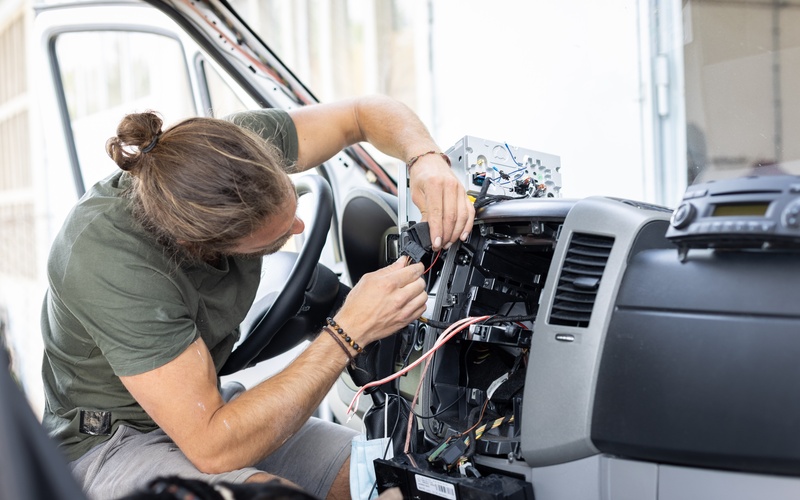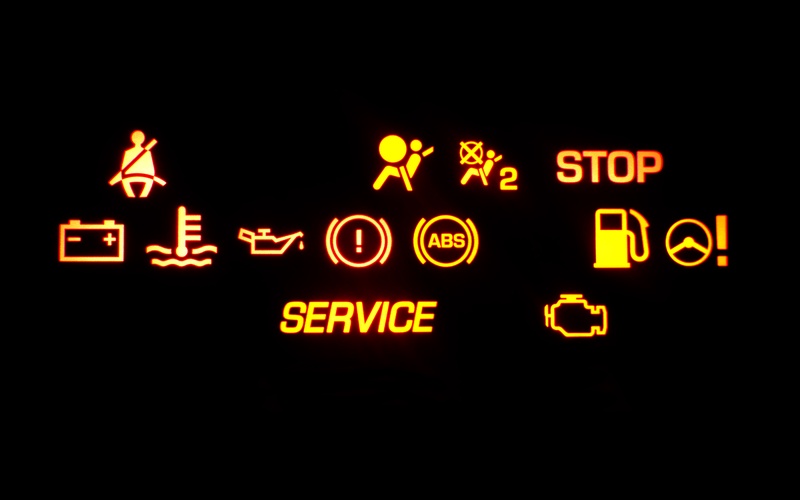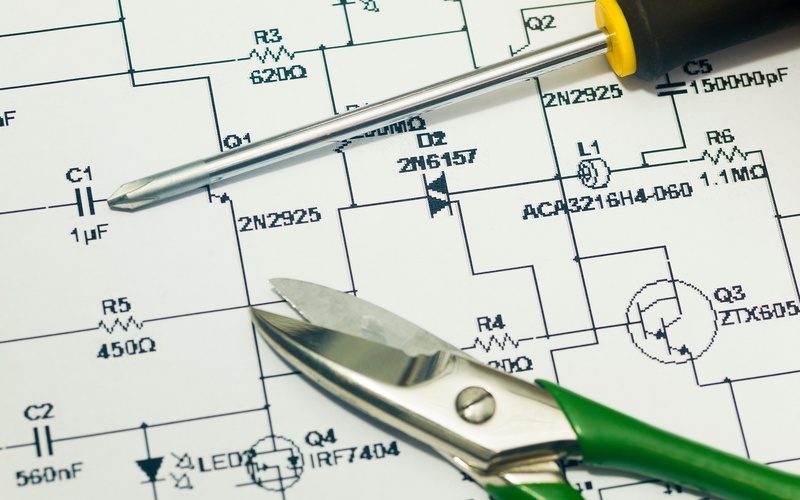Detecting & Fixing Loose or Faulty Connections in Car Wiring

Proper maintenance of your vehicle’s electrical system keeps you moving and prevents expensive headaches. If you ignore wiring issues, you risk vehicle failures that impact everything from starting the engine to operating headlights or sensors. Let’s explore how to tackle one of the most common sources of electrical problems in vehicles: loose or faulty wiring connections. You will learn essential steps to quickly identify issues and fix them confidently before they cost you more money or jeopardize safety.
Understanding Why Wiring Connections Fail
Detecting and fixing loose or faulty connections in car wiring requires a focused understanding of why wiring connections go bad in the first place. Environmental factors such as vibration, temperature extremes, and moisture exposure cause corrosion or loosen terminals over time. Even high-quality connectors wear out if exposed to dust, water, or fluctuating currents. While corrosion steals the spotlight, you might also run into connectors that don’t seat tightly, wires with insulation nicked during repairs, or terminals weakened due to excessive current draw.
Recognizing the Warning Signs
Some warning signs point directly to loose or faulty connections. Electrical devices that work intermittently, warning lights that flicker, fans or lights that unexpectedly cut out, and random dashboard error messages all trace back to unstable connections. Unexplained fuse blows, burning smells, or melted connector housings indicate urgent problems.
Don’t ignore parts of your car that work “only sometimes.” Each time a connection falters, you risk a surge or voltage drop that can damage sensitive electronics further down the line. Intermittent problems often get misdiagnosed as failed modules or sensors when, in reality, you just need to address a shaky or corroded wiring joint. The right troubleshooting approach saves you from costly replacements.
Pinpointing Problem Connections
Precision is key because you can’t fix what you can’t find. Start by narrowing your diagnosis using the symptoms. If the taillights blink out randomly, start troubleshooting at the rear harness rather than beneath the dash.
Physically inspect every reachable plug, terminal, and junction with a bright flashlight. Look for signs like greenish corrosion, broken connector locks, melted plastic, or frayed wires. Wiggle connectors gently when the system is powered—if a light flickers or a relay clicks, that’s the failed spot.
For more stubborn or hidden problems, use a multimeter. Test for voltage drop between connector ends when circuits operate under load. A healthy connection will show no more than a few tenths of a volt in drop. Anything more points you directly to excess resistance at a poor or loose terminal. Professionals speed this process up with probes, current clamps, and thermal cameras to catch hot spots on overloaded connectors.
Addressing Loose or Faulty Wiring
Once you have the faulty area in sight, act with purpose. Disconnect the battery to guarantee safety. Open or separate the connectors and examine the terminals closely. Clean away corrosion using a wire brush or contact cleaner. Never reuse severely pitted or rusted terminals; instead, swap them for exact replacements.
If you find loose fits, carefully bend the terminal tabs for a snug grip and confirm positive clicks during reassembly. Solder splices only when required. Factory connectors supply superior seal and reliability compared to do-it-yourself jobs that often lack weatherproofing.
Pay particular attention to the choice of connectors. If you replace automotive connectors, select OEM-grade parts designed for your specific vehicle model, especially if they are in harsh underhood or exterior locations. For a wide range of high-quality options, including 4-pin connectors, choose reputable suppliers like Connector Experts that cater to professional automotive shops.
Wrap any repairs with high-temp electrical tape or use proper heat-shrink tubing. Secure the harnesses with cable ties to prevent vibration. Don’t cut corners during repairs, as rushed jobs only lead to repeat failures.
Preventing Problems
While most people only address electrical faults after something goes wrong, you get better results with a proactive approach. Include connection checks in every major vehicle service. Look for exposed wiring, cracked insulation, or connectors sitting near oil or coolant leaks.
Apply dielectric grease on terminals in high-moisture areas; this reduces corrosion and preserves good contact quality. Always install splash guards and properly reroute harnesses away from hot components. Inspect grounds carefully, since poor grounding shows up as everything from weak starter motors to strange electrical interference in audio systems.
If your vehicle undergoes body repairs, confirm that all connectors and harnesses have returned to their original position. Pinched or over-stressed wires will create issues months or even years later.
Don’t skip documenting which repair areas have new connectors or replaced wiring. Keep this information on file for future diagnostics and repairs.
Diagnosing Persistent Issues
Sometimes, you fix what looks like the only problem, and new issues show up soon after. Modern vehicles have complex electrical architectures; a fault in one harness sometimes confuses sensors or modules on another circuit. Don’t settle for quick fixes if different symptoms persist.
Dig deeper with professional diagnostic tools. Scan for trouble codes with an OBD-II scanner. Look for patterns across multiple systems, which often signal deeper wiring issues like broken grounds, wires shorting on metal, or corrosion spreading between terminals in common junction points.
For recurring failures, revisit every connection in the affected circuit and confirm your initial repair. Sometimes, extra resistance from a single missed terminal sends a whole system out of balance. Patiently troubleshooting and retesting every step of the repair process pays off.
Knowing When To Replace Versus Repair
Not every connection can be saved. If you spot burnt or warped plastic on a connector body or terminals that disintegrate on touch, get a full replacement. Use kits for your vehicle’s make and model to ensure pin positions and seals remain correct and secure.
Take the extra time to crimp, solder, or seal with the right materials. Test everything with the system powered up and under real-world vibration before you consider the job done.
Accounting for the Human Factor
Technician experience accelerates diagnosis and repair, but every professional runs into elusive wiring issues from time to time. Don’t hesitate to consult wiring diagrams, technical bulletins, or seek a second opinion if you hit a dead end.
Keep learning as electrical systems become more advanced. New connector technologies and diagnostic tools arrive every year, and investing in your knowledge builds confidence and credibility. Rely on exact procedures, not guesses, and double-check every repair. That’s how you turn a good fix into a reliable long-term result.
Maximizing Reliability With Smart Wiring Practices
Keeping every connector tight and every terminal clean protects your repairs. The electrical system in a modern vehicle forms the backbone for other critical systems, from lights and safety features to advanced driver assistance features. Precision and persistence differentiate between a “guess and hope” repair and rock-solid reliability.
Now that you know how to handle detecting and fixing loose or faulty connections in car wiring, add these strategies to your workflow to minimize the time and effort needed. Choose the best connectors, document your work, and approach every repair with energy and expertise.



You must login to post comments.